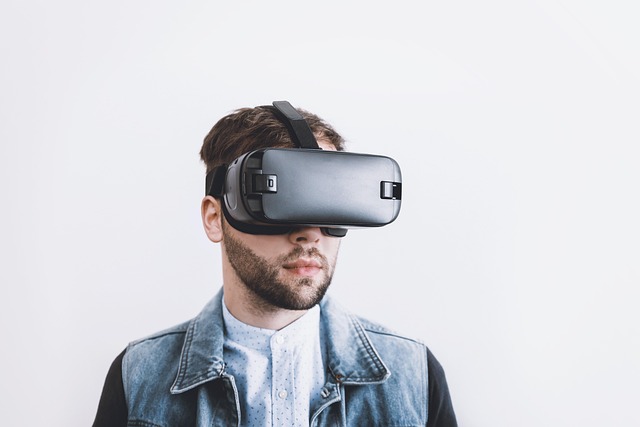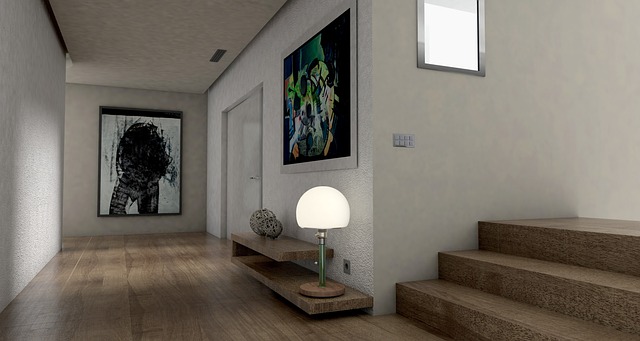Exploring the Future: Architecture Simulation in Virtual Reality and Beyond
The world of architecture simulation is evolving at an unprecedented pace, embracing emerging technologies that redefine how we visualize and interact with spaces. With the rise of virtual reality (VR), augmented reality (AR), and the burgeoning concept of the metaverse, architects and designers now have the opportunity to create immersive experiences that transcend traditional design methods.
Virtual Reality: A New Dimension in Design
Imagine stepping into your future home before a single brick is laid. Virtual reality offers this unique ability by allowing stakeholders to experience a fully rendered 3D environment. This immersive experience goes beyond simple visualization; it provides a platform for interaction, enabling users to navigate spaces, understand scale, and feel the atmosphere of a design long before construction begins.
Architects can simulate lighting conditions, spatial arrangements, and even acoustics within a virtual environment. Feedback is immediate and comes from all angles—clients can express their comfort levels, while designers can make real-time adjustments to meet those needs. The result is a more collaborative approach to design that not only engages clients but also enhances creativity and innovation.
Augmented Reality: Bringing Designs to Life
While VR transports users into a completely digital realm, augmented reality overlays digital information onto the real world. This technology allows architects to project designs directly onto existing sites, giving clients a tangible feel for how new structures will integrate into their surroundings. Imagine holding up a tablet or wearing smart glasses and viewing a proposed building seamlessly blended into the existing landscape. This blend of technology provides an innovative solution to planning processes, allowing potential issues to be identified and addressed long before groundbreaking begins.
Furthermore, AR can also assist in the construction phase. Workers equipped with AR devices can visualize wireframe structures, understand plumbing layouts, and more, enabling a smoother construction process where errors are minimized.
The Metaverse: A New Frontier for Architectural Practice
The concept of the metaverse is transforming the way we think about architecture simulation. This expansive digital universe represents a convergence of physical and virtual realities, offering new platforms for architectural exploration. In the metaverse, architects can create spaces unbound by the constraints of the physical world. They can experiment with futuristic designs, explore new materials, and engage in complex simulations without the high costs associated with physical prototypes.
This virtual space also opens doors for community interaction. Users can gather in these simulated environments for discussions, exhibitions, or collaborative projects, breaking geographical barriers and fostering a global discourse on architectural design. The metaverse stands as a testament to the potential of connectivity, where ideas can blossom in shared spaces beyond the limitations of our current reality.
A Transformative Journey
As the realms of architecture simulation, VR, AR, and the metaverse merge, they promise to transform not just the design process but also how we experience and interact with our built environment. These technologies invite us to dream beyond conventional boundaries, reshaping our visions of the future. The journey ahead is not merely about creating structures; it’s about crafting experiences that resonate with the emotions and aspirations of those who inhabit them.
This exploration of architecture simulation beckons us to imagine a future where our environments are not static but dynamic; where design is a continuous dialogue that fosters understanding, creativity, and innovation. As we stand on the brink of these exciting technologies, one thing is certain: the future of architecture is more vibrant and immersive than ever before.



